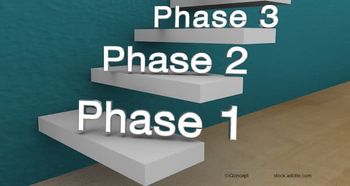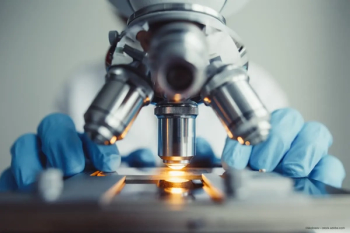
Half-top-hat wound configuration ideal
A half-top-hat wound configuration is a valid option for penetrating keratoplasty (PK) as it offers better apposition of donor and recipient corneas, improved tectonic strength and the possibility of early suture removal.
A half-top-hat wound configuration is a valid option for penetrating keratoplasty (PK) as it offers better apposition of donor and recipient corneas, improved tectonic strength and the possibility of early suture removal, according to the findings of a study published in the January issue of the British Journal of Ophthalmology.
Igor Kaiserman, MD and colleagues from Toronto Western Hospital, Toronto, Canada described a new, more straightforward method of achieving the advantages of a lamellar wound configuration in PK.
The donor corneal button was prepared in a top-hat configuration, consisting of a central, full-thickness part 7 to 8 mm in diameter, surrounded by a peripheral lamellar wing of deep stroma and endothelium 0.5 mm in width. The recipient bed was prepared by a straight full thickness trephination with a suction trephine and the donor button was positioned by sliding the peripheral wing under the recipient bed. Sixteen 10-0 interrupted sutures and a single continuous 16-bite 11-0 sutures were placed. The interrupted sutures were passed so as to go through the wing, in order to ensure a good apposition of the wing to the inner corneal surface of the recipient.
A total of 10 eyes of 10 patients underwent the procedure. Mean follow-up time was 2.4 months, by which time the median visual acuity (VA) was 20/200 and the intraocular pressure (IOP) was 18.2 mmHg. No major intraoperative complications were noted and no postoperative events of graft rejection were recorded. One patient experienced a postoperative rise in IOP.
The authors of this report believe that the half-top-hat wound configuration offers a number of advantages for PK surgery.
Newsletter
Get the essential updates shaping the future of pharma manufacturing and compliance—subscribe today to Pharmaceutical Technology and never miss a breakthrough.










































